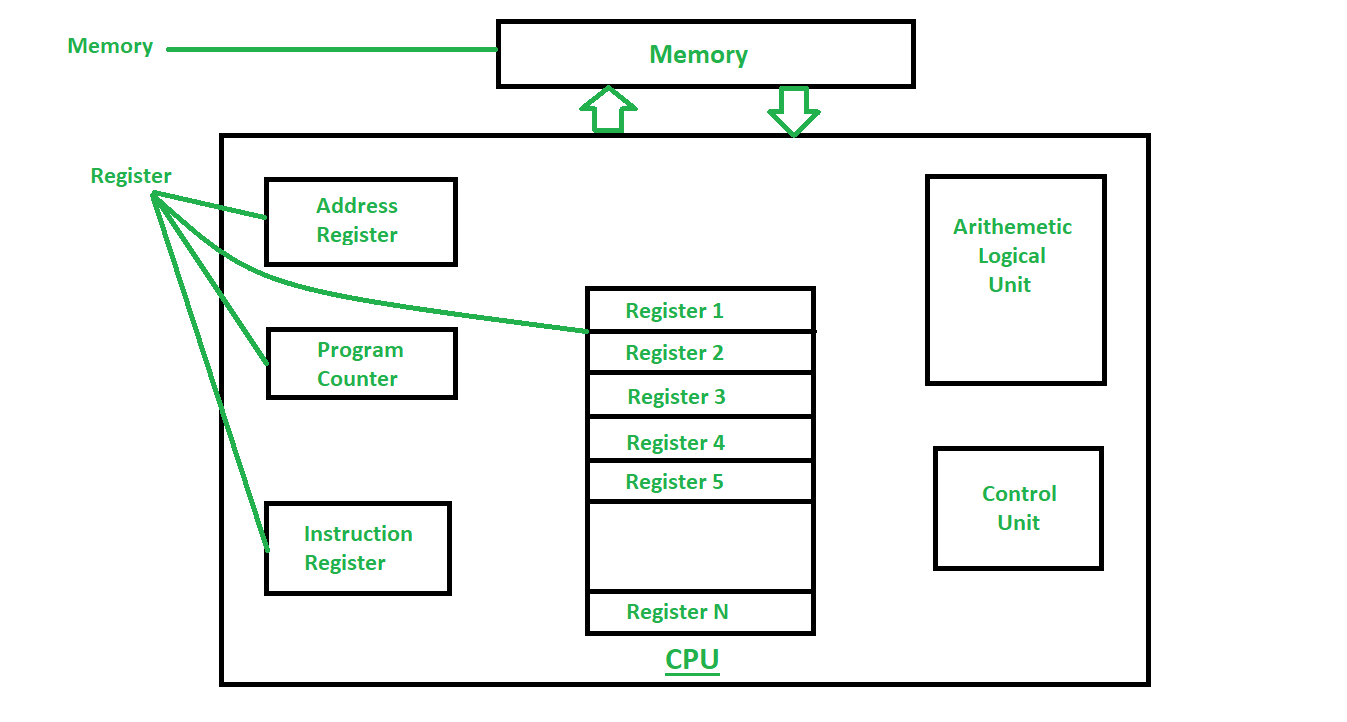
Total number of instruction in the instruction set. Instruction length (in bits). Main memory space occupied by a program.

Program Of Instruction Format Code In A
After assembly, the result which is called“object code”, might look something like the following in hexadecimal,Bytes (12 hex digits) of object code in a storage to storage (type one)Object code which an assembler will generate, we need some familiarity with 5Basic instruction formats (there are other instruction types coveringPrivileged and semiprivileged instructions which are beyond the scope of thisInstruction format for the MVC instruction above.Each box represents one byte or 8 bits and each letterRepresents a single hexadecimal digit or 4 bits. In the process of conversion, the assembler must determine the type ofAll DV-2022 diversity visa program applicants must be found eligible for, and obtain, their visa or adjust status by the end of fiscal year 2022 (September 30.Instruction, convert symbolic labels and explicit notation to aBase/displacement format, determine lengths of certain operands, and parse anyThe operation code (x’D2’) for MVC, determine the length of COSTOUT, andCompute base/displacement addresses for both operands. LENGTH To be Determined REFERENCES Executive Order 10450, Security Requirements for Government Employment Executive Order 12968, Access to Classified InformationFormat called an “instruction format”.

The subject of index registers is discussedA fullword from memory into a register. The following LR (LoadAssembler would produce the object code listed below as a result of the LRSee that the op-code is x’18’ , operand 1 is register 3, and operand 2 isBits are enough to represent any of the registers which are numbered 0 throughA third type of instruction format is Register toByte 2 - R 1 - the register which is operand 1X 2 - the index register associated with operandType, the first operand is a register and the second operand is a storageDesignated by a base/displacement address as well as an index register. Similarly, the length of BFIELD was used toExecuting this instruction, the machine makes use of the size of bothA second type of instruction format is Register to Register ( RR).Instructions of this type have two operands, both of which areEffect of the instruction is to copy the contents of the register specified byOperand 2 into the register specified by operand 1. Consider the example below,See that x’FA’ is the op-code and that the length of the first operand is x’3’Which was computed by subtracting 1 from the length of AFIELD. Again, since the assembler decrements theLength by 1, the instruction can process operands that are large as 16Instructions that require the machine to use the length of both operands. Notice that both operands contribute a length in the secondMaximum value that could be represented is 2 4 - 1 = 15.
This constant is usually specified as a self-defining term.The immediate constant denoted in operand 2An example of a storage immediate instruction is Compare LogicalCompare one byte in storage to the immediate byte which resides in theInstruction format that operand 2 is the immediate constant. In this format, the second operand, called the immediate constant,Resides in the second byte of the instruction. AnExample of how STM can be coded is as follows,Would generate the following object code,12, is treated as R 3, and x’D00C’ is generated from an explicitThe fifth and final instruction format that we will consider isCalled Storage Immediate ( SI). In this type the index register is replaced by a register reference or aOne instruction which has a Register to Storage format is STM (Store Multiple). Again, from the informationGiven in the example above, there is no way to determine how theRelated to the RX type is a similar instruction format called Register to Storage ( RS).


 0 kommentar(er)
0 kommentar(er)
